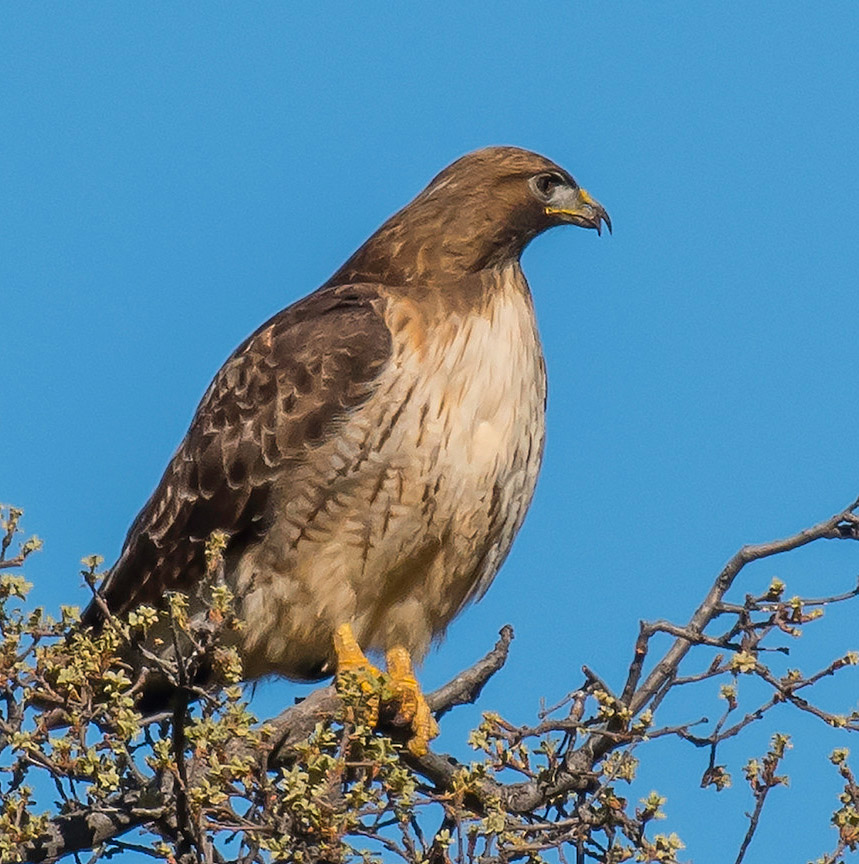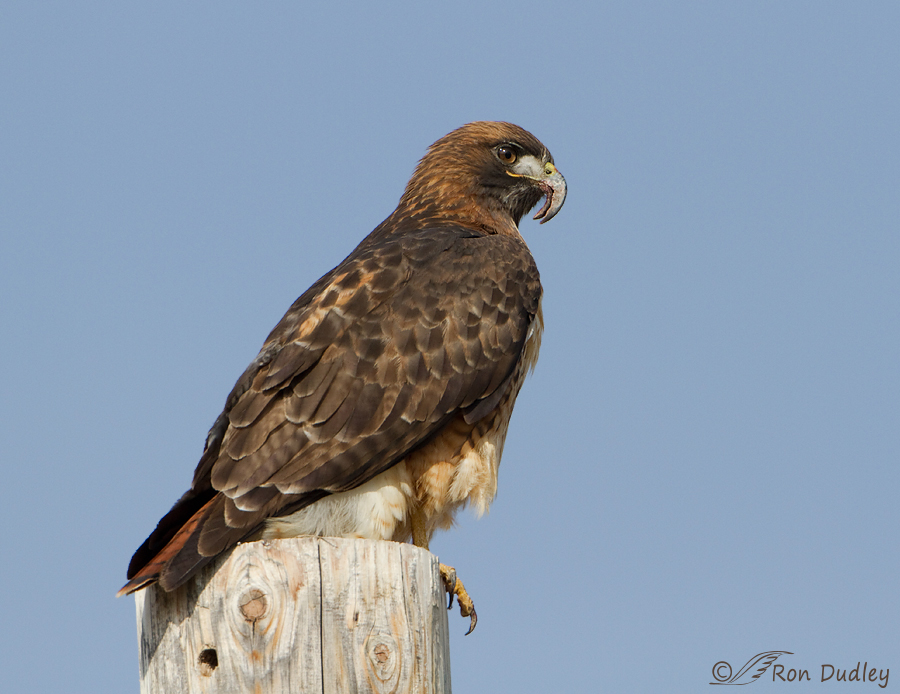Tag: long billed hawk syndrome
The Cause Of The Deformed Beaks In Birds I’ve Photographed May Finally Be Known
Pheasant With Long-Billed Hawk Syndrome
Yesterday morning at Farmington Bay I photographed this male Ring-necked Pheasant with a grotesquely deformed and overgrown mandible. These images show the problem clearly.
Bill Deformities
I’m seeing more bill deformities “out there” than I used to and that disturbs me. The latest example was a Sage Thrasher we found on Antelope Island four days ago. This is what a normal bill on a Sage Thrasher looks like. Notice that the upper mandible is slightly longer than the lower one with a curved tip at the terminus and that both mandibles fit together tightly showing no evidence of a gap between them. But in this thrasher the upper mandible is significantly shorter than the lower and the curve of the two mandibles doesn’t match so they don’t fit together well, leaving a gap. This is definitely not a temporary, voluntary position of the bill as I have about a dozen shots of the bird over a period of about a minute that show the same thing. The two mandibles never fit together cleanly and the upper one is definitely shorter. With this head turn you can see the other side. I can only imagine how this would interfere with normal preening as the bird attempts to draw the individual feathers through the bill to lock the barbs together. An extreme crop of the previous image. Notice how the back of the mandibles touch each other and prevent the rest of the bill from coming together because their curves don’t match along the entire length of the bill. At first I thought that the end of the lower mandible looked damaged or eroded but perhaps there’s just something on the bill that…
Red-tailed Hawk with Long-billed Hawk Syndrome
This morning I found this Red-tailed Hawk on a telephone pole near Grantsville, Utah. As soon as I looked at it through my lens I knew that something was wrong with the birds beak. A bit of research almost immediately turned up the probable culprit – Long-billed Hawk Syndrome. Birds with this condition have atypical uncontrolled growth of either or both upper and lower bills. Birds affected often have secondary infections in their bills. Since their bills are used for activities such as eating, preening, killing prey and feeding offspring the syndrome is extremely serious. Most birds with this condition die of starvation. The syndrome gets its name because most affected birds have been Red-tailed Hawks, though other species of raptors get the condition also, including Peregrine Falcons and Rough-legged Hawks. The first case of LBH Syndrome was reported in Washington state in 1997 and reports have been increasing since. This is what a normal Red-tailed Hawk’s bill looks like – quite a dramatic and obvious contrast to the diseased one. The cause of this condition is unknown, though research is ongoing. A sad situation for this poor bird. More info here. Ron Addendum: I posted one of these photos on a nature phography forum and a veterinarian with many years of experience with falconry birds has stated unequivocally that this hawks condition occurred because it was “kept jessed and tethered by someone who was totally ignorant of the necessity to keep the upper and lower bill trimmed to normal shape”. Whatever the true cause of the deformity, it’s…



